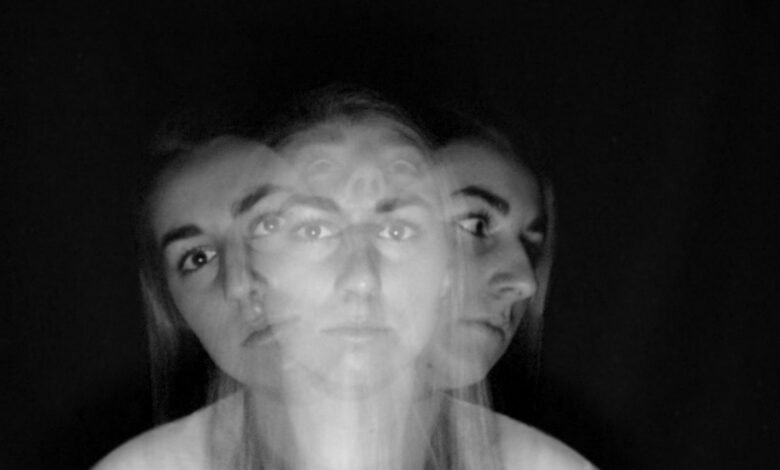Deepfake Detection Explained: Safeguarding Truth in the Digital Age

With the current digital age, in which technology is developing at a rate than never before, there is one technology that has caused equal measures of fascination and fear: deepfakes. Such AI-based alterations of images, audio, or videos are so authentic that they can cause confusion between the real and fake worlds. On the one hand, deepfakes can be used in entertainment and educational purposes with no harm. On the other hand, its misuse can be very harmful, including political misinformation and financial fraud. This is where the concept of deepfake detection comes handy that can serve as a lifesaving defense in the war against reality.
What are Deepfakes?
Deepfakes are artificial intelligence-based synthetic media, specifically deep learning algorithms. The AI can create a disturbingly realistic forgery of a living person by training neural networks on large amounts of real images or voices. An example of this can be a deepfake video of a political leader saying something that they did not actually say, or have the face of a celebrity attached to another body.
The technology of deepfakes, on the one hand, proves the strength of AI creativity, on the other hand, its evil application has concerned the whole world.
The importance of Deepfake Detection
The emergence of deepfakes poses threats to individual security, the trust within society, and even the stability of nations. Among them are some of the following key risks:
Misinformation and Fake News: Deepfakes present an opportunity to spread fake news, especially on the eve of elections or other significant events, which can affect the opinion of the citizens.
Fraud and Scams: Deepfake is used to defraud, as fraudsters pretend to be an executive of an organization over the phone and cheat the company out of money.
Privacy Infringements: A lot of deepfakes are used to attack people by generating explicit or slanderous material without the victim being aware of it.
Cybersecurity Threats: Cybercriminals combine deepfakes with phishing and social engineering, which makes their activities more dangerous to businesses.
Failure to detect such manipulated realities may erode confidence in digital information, in general.
The Way Deepfake Detection Works
Deepfake detection employs high technologies and analytics to distinguish real and altered media. Among the main strategies, there are:
Machine Learning Models and AI
Detection algorithms can examine facial expression anomalies, anomalies in blinking, or lip-syncing that humans may not notice. These slight anomalies are trained to be identified using specialized AI models.
Digital Forensics
Forensic analysts analyze metadata, anomalies at the pixel level and compression artifacts of the file. In cases where a deepfake appears to be perfect, the digital fingerprints in use can reveal tampering.
Blockchain Verification
One of the current solutions that are emerging includes authenticating original content using blockchain to enable the audience verify whether a video or image has been manipulated or not.
Content Authentication and Watermarking
Technology firms are also trying to implement the use of digital watermarks or authenticity codes into media files, which simplify the ability to validate whether the material is original or not.
Read Also: Foam Soundproofing: Enhancing Your Space with Sound Control
Deepfake Detection in the Real World
The use of deepfake detection software in different industries is already implemented:
Social Media Platforms: Facebook, TikTok, and Twitter are other companies that utilize AI to identify and delete manipulated content that can mislead individuals.
News and Journalism: The media houses are implementing verification tools to avoid disseminating misinformation.
Finance and Corporate Security: Companies have detection tools to avoid impersonation fraud during video conferencing or online chats.
Law Enforcement: Agencies can use the techniques of detection to interpret evidence and fight cyber crime with deepfakes.
Difficulty in Deepfake Detection
Nevertheless, even though the situation is improving, the challenge of deepfake detection is an arms race against technology itself. The AI systems capable of producing malicious deepfakes are getting better all the time, and they are more difficult to detect. There are some significant challenges which include:
High Realism: The developers of Deepfakes work to perfect their models to prevent typical detection glitches (unnatural blinking or facial mismatch).
Availability of Tools: Deepfake apps are easy to use, and the variety of tools is readily accessible to anyone with a basic understanding of how to use them.
Evolution Speed: The detection models tend to be slower in catching up with the latest generative AI techniques, and it requires continuous updates.
False Positives: There is also a risk of detection systems falsely identifying legitimate content as counterfeits, and this has its own risk of credibility.
Future of Deepfake Detection
The defense systems must also evolve with the change in the technology. In the future, researchers forecast that a layered system of deepfake detection tools will incorporate AI-based analyses, digital authentication systems, and global laws. Governments, tech companies, and researchers will have to collaborate, and this collaboration will be necessary in establishing standards and gaining the trust of the population.
In addition, there is the factor of public awareness. One way to potentially prevent the victimization of manipulation is to educate people about the possibility of coming across deepfakes and also to become skeptical of unverified information.
Conclusion
Deepfake detection is more than a technological requirement, it is the protection of truth in the digital era of uncertainty. On the one hand, deepfakes can still become even more complex, but on the other hand, the development of detection mechanisms, along with the development of responsible policies and awareness among users, can help the society find its way through this complicated issue. After all, the maintenance of trust in what we observe and listen to on the web is one of the key battles of the digital era, and deepfake detection is at its forefront.




